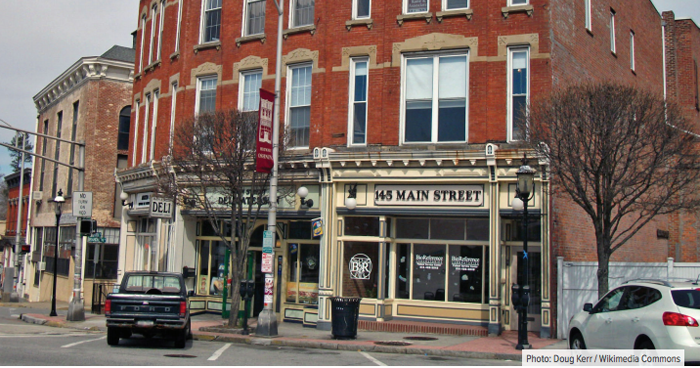Growing numbers of young and old Americans prefer to live in communities where they can walk to stores, school, services, parks and public transportation. But a new report from the Regional Plan Association reveals that federal housing rules make it difficult to meet this demand.
By capping the amount of commercial development permitted in federally-backed mortgages and programs, the rules make it hard to finance construction or renovation of three-to-four story buildings in many mixed-use, walkable neighborhoods. These rules, mostly devised for an earlier era to reduce perceived risks to federal investments, have a number of unintended but damaging consequences.
Americans want walkable neighborhoods, but development is not meeting this demand. Fifty-six percent of millennials and 46 percent of baby boomers prefer to live in more walkable, mixed-use neighborhoods; demand is also evidenced by sharp increases in rents in recent years.
While there is a growing shortage of multi-family housing, the nation’s current supply of single-family homes is estimated to exceed future demand for at least the next 25 years.
Federal loan programs do not support the mixed-use, multi-family development essential to these communities. For instance: Eighty-one percent of federal loans and loan guarantees support single-family home ownership.
The solution? HUD should seek to better align its financing regulations with its policy goals, as reflected in many of its mandates such as those in its Sustainable Communities program. The disconnects in the finance process inhibit the delivery of desired projects and thus greatly diminish progress in realizing policy and program goals. A restatement of the relevant program goals and assessment of each financing provision relative to the broader HUD goals could be effective to this end. This effort would also contribute to any reform of Fannie Mae and Freddy Mac.
HUD could demonstrate the success of projects with higher percentages of non-residential through pilot projects or comprehensive district plans. These developments and neighborhoods would be the focus of research and evaluation over time. A logical place to start is through HUD initiatives such as Promise Neighborhoods or Sustainable Communities programs that are combining multiple strategies but face daunting challenges to implement ambitious plans. This would combine relaxed financing with comprehensive neighborhood revitalization, build on the planning and research efforts already done and extend its focus to project finance and implementation.
Photo credit: Doug Kerr / Wikimedia Commons

